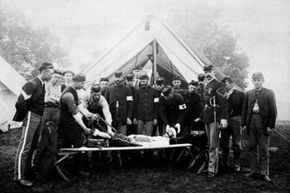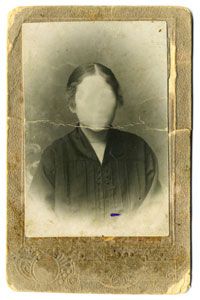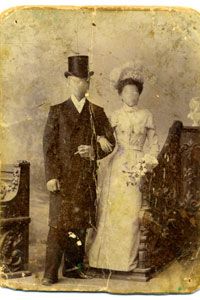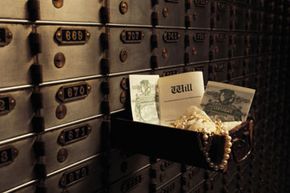As a species, we humans treasure family photos. We cling to pictures of great-grandma's wedding, the homestead, and the horrifyingly cheesy and awkward 8th-grade hair cut. Good or bad, pictures help tell our family stories and remind us of who we are.
Fires, floods, wars and hurricanes -- whether the disasters are human-made or the wrath of a very ticked-off Mother Nature, there's no shortage of ways your photographs can be destroyed. It's a credit to the value we place on photographic images that so many examples of this craft endure for generations in spite of it. And even when they're properly stored, all sorts of awful fates await photos: staining, warping, discoloration and fading, rips, tears, and cracks. That's when those images call for restoration.
Advertisement
Photo restoration is a hobby for many amateur photographers. It's also a full-time career for preservation professionals, who are called photographic conservators.
If you have a box of old photos that need some love, you'll want to have an overview of exactly what your restoration options are. If you're paranoid about messing with photos that you consider very valuable, you can send your photos to a restoration professional, who might charge as little as $5 for minor repairs or as much as $80 per hour or more to reconstruct a badly damaged picture. Or you can take a do-it-yourself approach and work on the images yourself with photo-editing software that will let you manipulate and repair many facets of your pictures.
Regardless of the restoration option you choose, there is one vital tip we'll share now and reiterate throughout this article: Handle the original image as if it were the last remaining shred of evidence of a particular time, place or person. If your grandson's chocolate-smeared hands crumble an irreplaceable Civil War photo, there's nothing anyone can do to salvage that bit of history.
Take care of your originals. Don't stack or smash them. Place them gingerly in a rigid, airtight plastic box and keep them in a cool, dark place. Light, heat and excessive humidity (and grabby kiddies' hands) are the enemies of antique pictures.
With those warnings in mind, you can consider a range of restoration possibilities. Keep reading to see how you can bring your aging pictures back to life.



